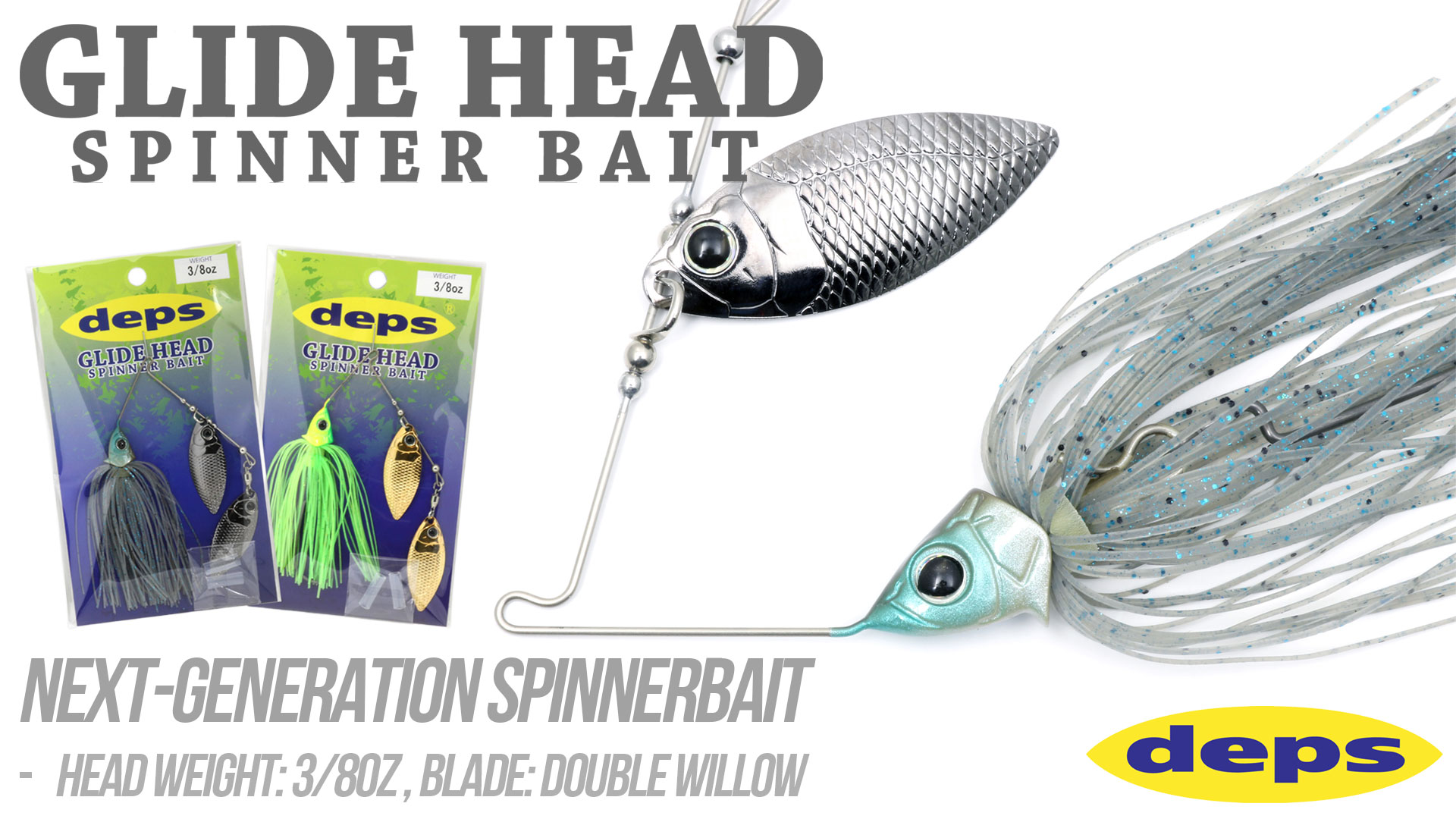
As big fish stage and prepare to move into their spawning grounds, there’s often no better tool for picking them off than a mid-range crankbait, and South Carolina pro Michael Murphy said that the Ima Pinjack 200 is head and shoulders above the others.
“If you look at other crankbaits that dive down to 6 or 8 feet, they’re typically round-bodied with a wide wobble,” he said. “The Pinjack has flat sides, but it’s not skinny like other flat-sided baits, so you can cast it much further.”
That castability is important because early in the year the crankbait bite turns on when there’s a breeze, and Murphy said he spends much of his pre-spawn efforts “chasing wind.” He’s looking for rocky areas at the mouths of spawning bays, typically with 45 degree banks. Secondary points are also one of his key focuses, and the efficiency of the Pinjack – in terms of casting distance, it’s ability to run true at all speeds, and its exceptional deflection rate – make it his primary search tool. The great thing is that once he locates a group or patterns the fish, he doesn’t have to switch baits to seine them from the water. He just keeps on chucking the Pinjack and filling his livewell.

His key retrieve is a matter of feel. “You want to feel the heartbeat of the crankbait,” he said. “When you get a certain rhythm going, you can feel it wobbling right, letting it work at its own pace.”

He fishes it on a Denali 7’6” Lithium cranking rod paired with a Lew’s BB-1 pro baitcasting reel (5.1:1 gear ratio). He spools it up with 10 lb. monofilament, which he said not only casts longer distances than fluorocarbon, but also “takes a beating a little bit better. When you’re hitting hard things like rocks and docks, fluoro is not as good.”
His go-to color is Hot Craw, but when the water’s down in the 40s he’ll also integrate pale shad colors. As the bass near their spawning grounds, he’ll add bluegill colors, too, but no matter which color he utilizes he just keeps on cranking.






